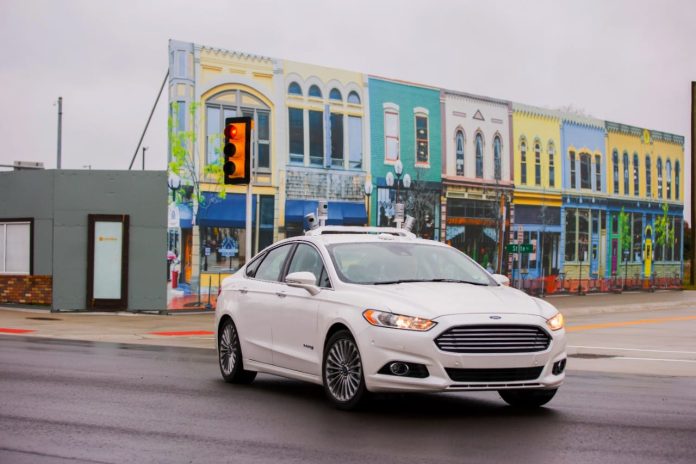As part of smart city initiatives, Ford will work to address air pollution and traffic congestion
U.S. vehicle manufacturer Ford said it is working with cities around the world to help address growing mobility challenges in urban environments, including gridlock and air pollution. The company said it is currently working with several cities to propose, pilot and develop mobility solutions through its City Solutions team, which works on smart city projects.
“This is an issue that goes far beyond congestion. It is one that represents a massive challenge to mankind, one that affects our well-being and access to health care, clean drinking water, food, a safe place to live and even the ability to find work,” said Bill Ford, executive chairman, Ford Motor Company. “By solving the mobility challenge, we have the chance to create a better world for future generations. It’s both an exciting opportunity and a big responsibility.”
The automotive manufacturer has also presented its vision for the smart city of tomorrow to evaluate how mobility advancements – including autonomous and electric vehicles, ride-sharing and ride-hailing and connected vehicles – interact with urban infrastructure and create a transportation ecosystem.
Within the next five years, Ford expects autonomous vehicles to be introduced in cities around the world, and it expects its first fully autonomous vehicles in 2021.
Shared modes of transportation will continue to gain popularity, such as Ford’s Chariot app-based, crowd-sourced ride sharing service, which is expanding globally. Chariot, which currently operates in San Francisco, California, and Austin, Texas, is growing its operations to eight cities this year, including at least one city outside of the U.S.
Ford also believes vehicles will be capable of connecting with other vehicles and cities’ transportation operating systems in the near future. Ford alone will equip 20 million cars globally with built-in modems in the next five years.
Ford’s long-term smart city vision includes significant concentrations of autonomous vehicles, most of which will be electrified. According to the company’s view, mass transit will improve for the largest cities with new technologies like advanced high-speed public transit. Other innovations could include drones, which could be quickly deployed to survey and map the hardest-hit areas following earthquakes, tsunamis or other major disasters; advanced transportation operating systems that integrate data from all aspects of the ecosystem, and large-scale implementation of advanced technologies for flexible traffic management coupled with autonomous vehicles, which will be able to eliminate traffic jams, reduce emissions and bring traffic accidents to nearly zero.

